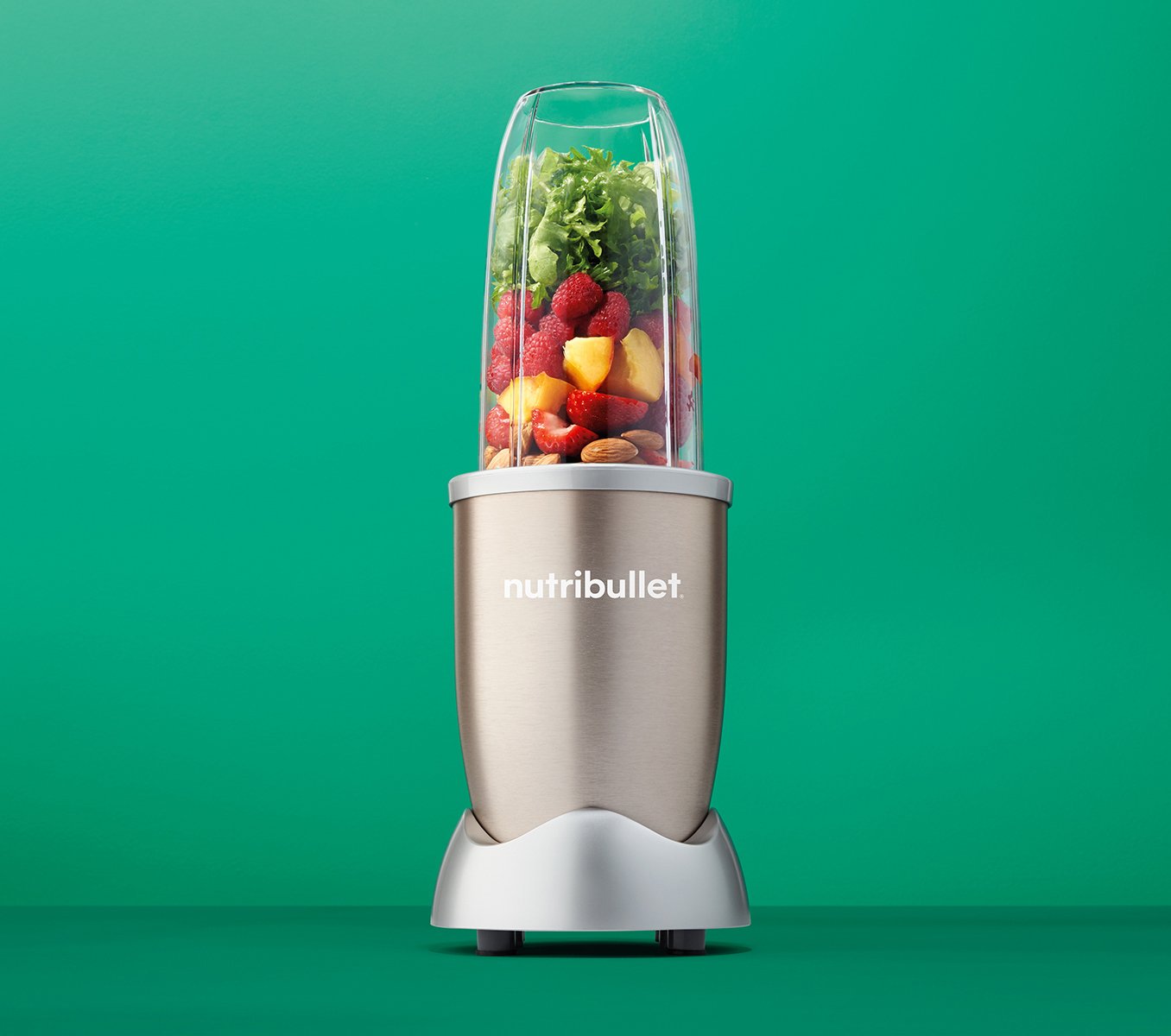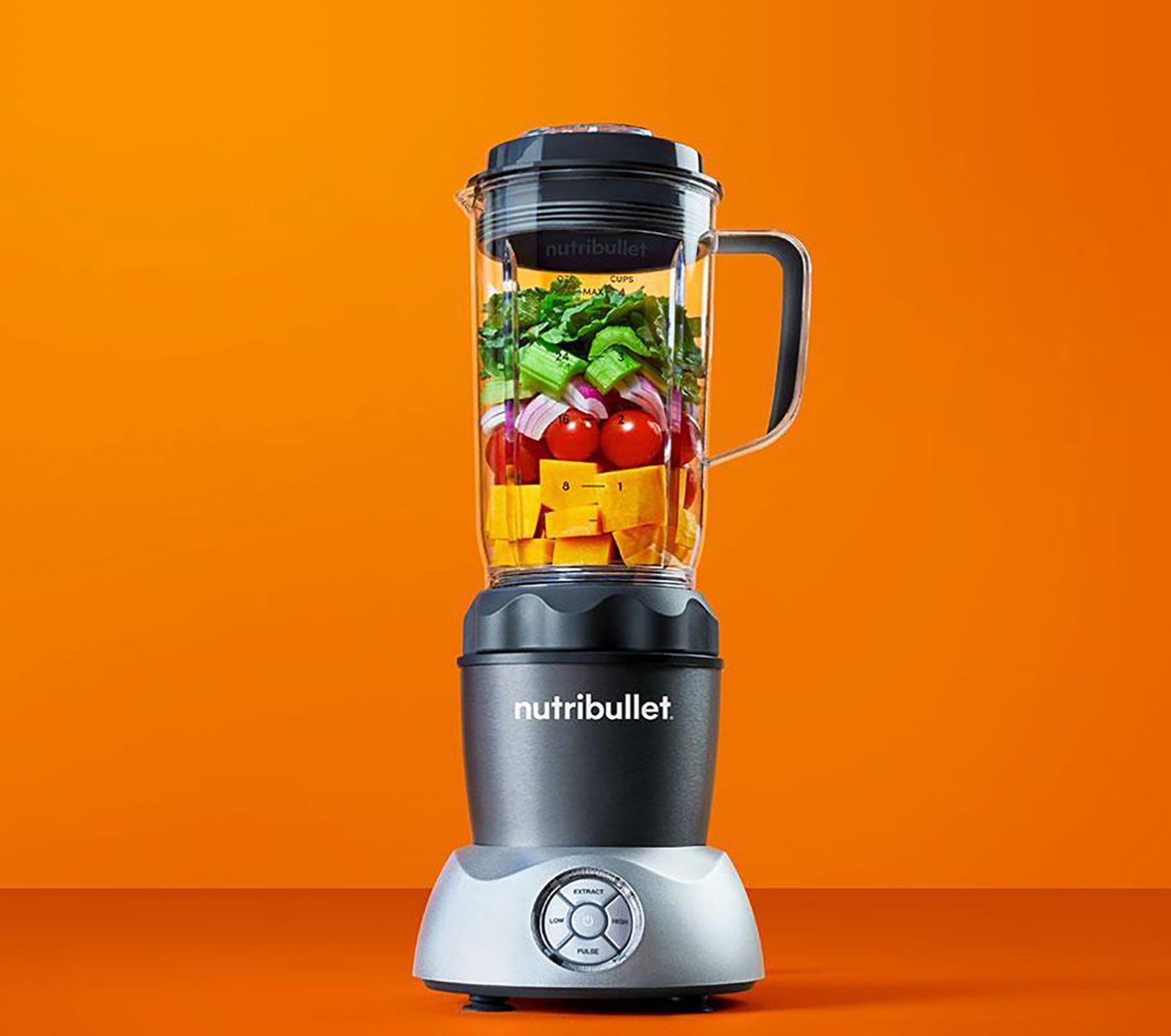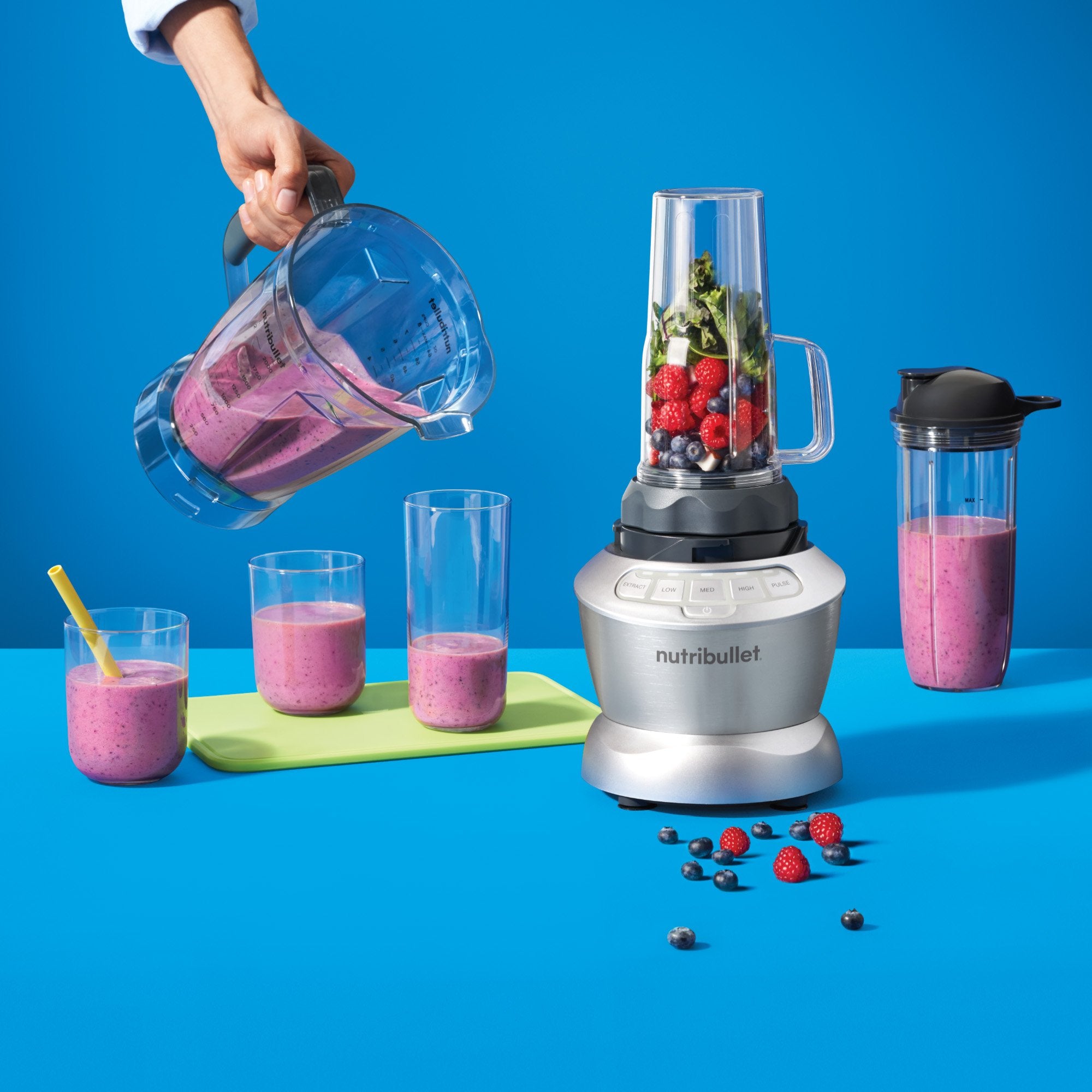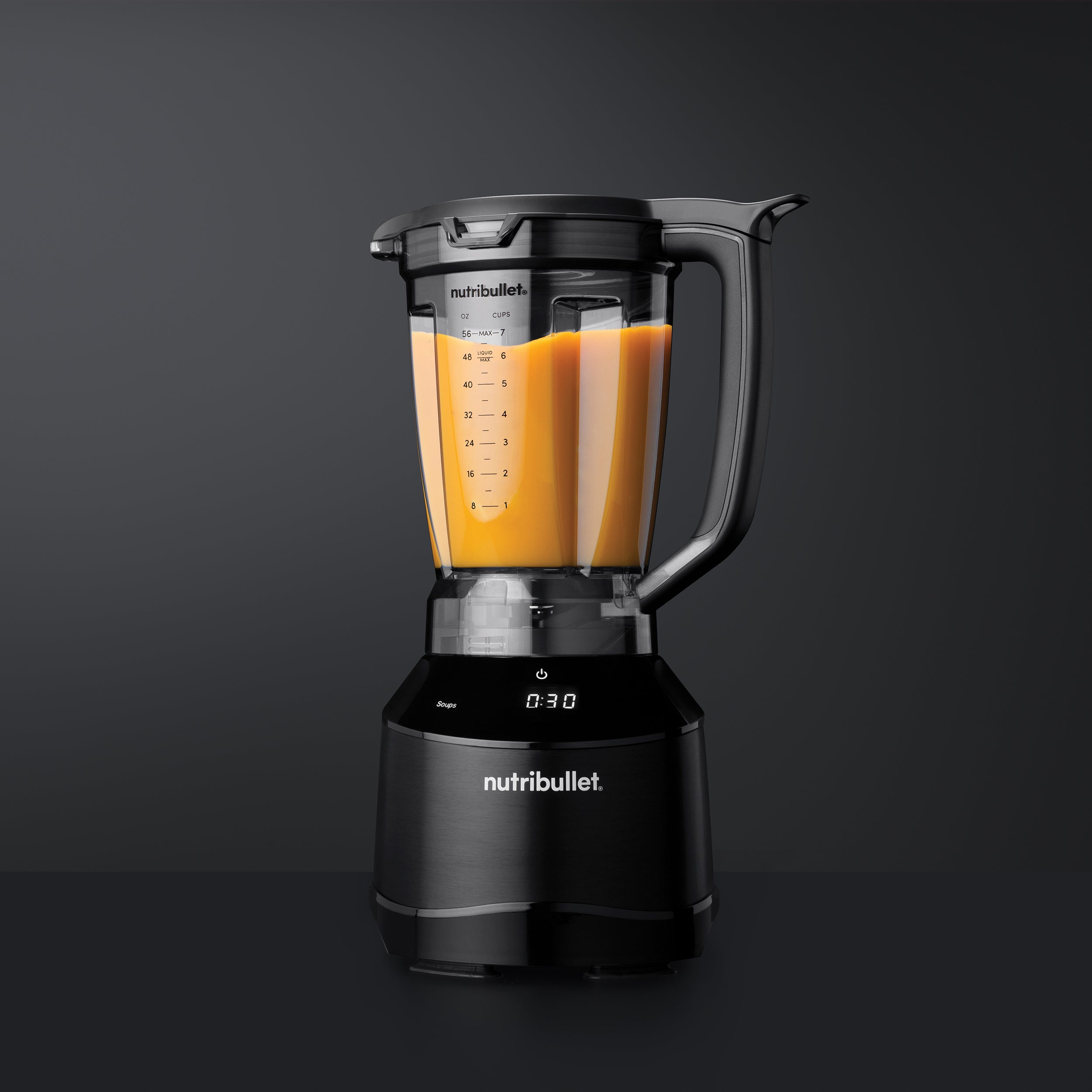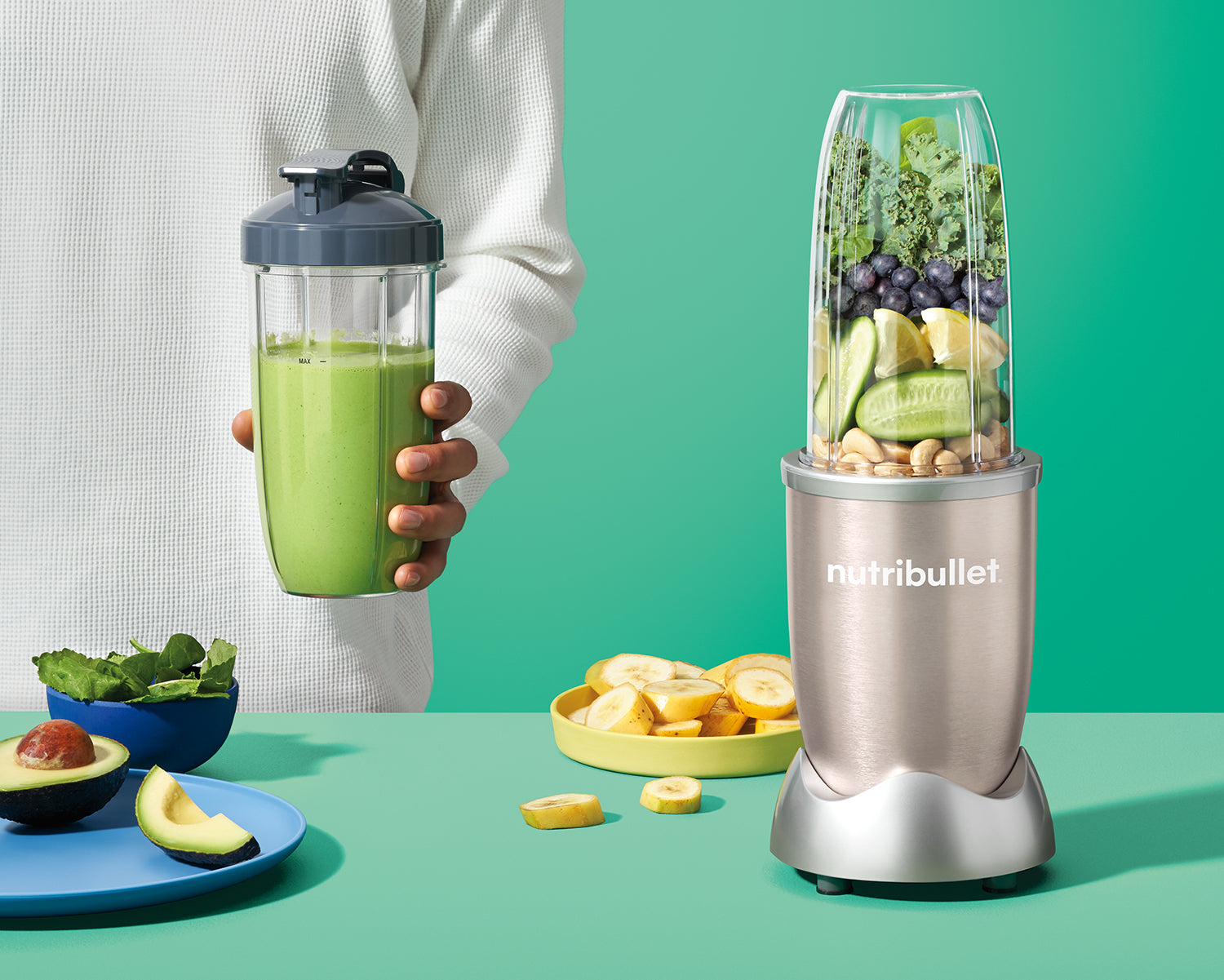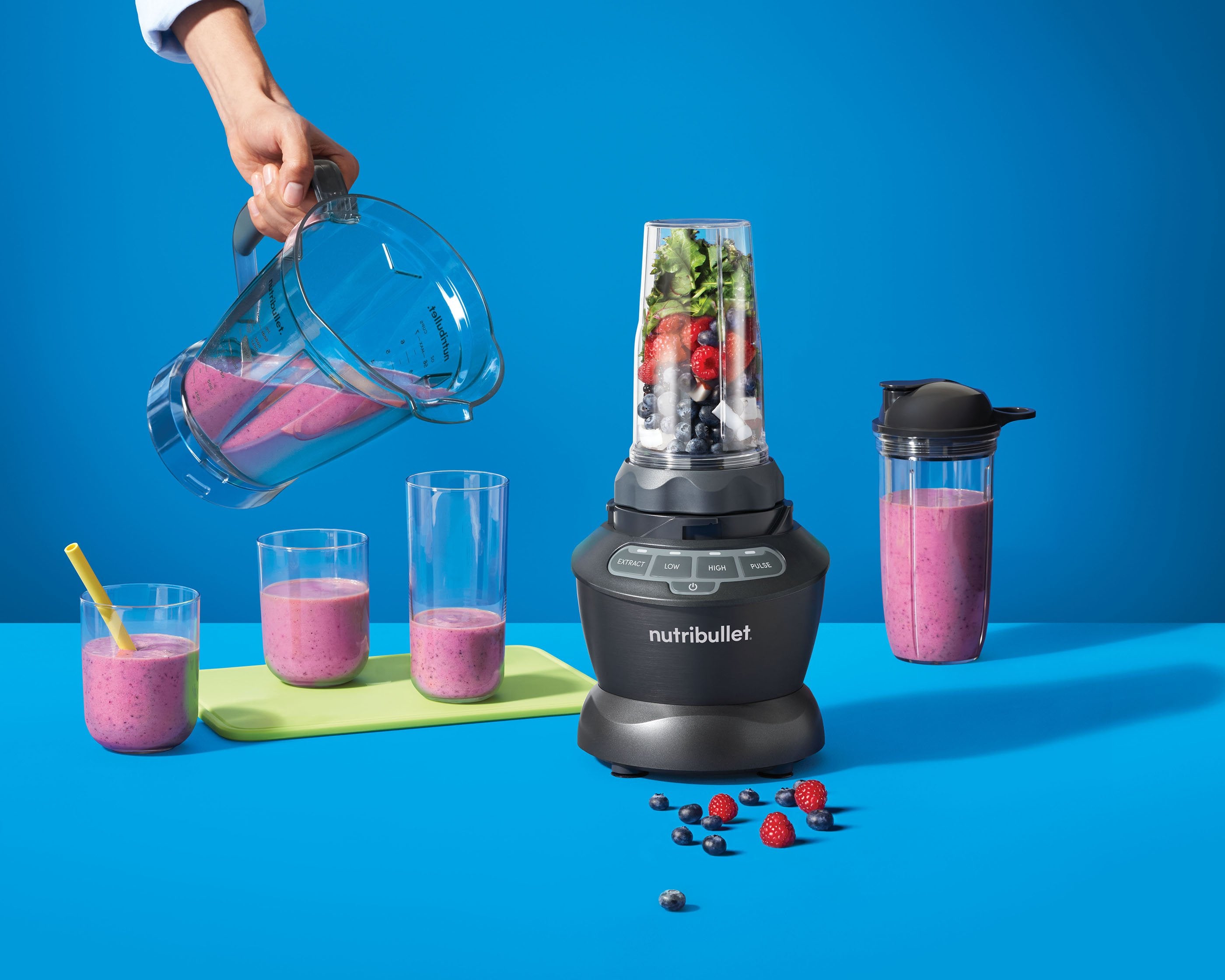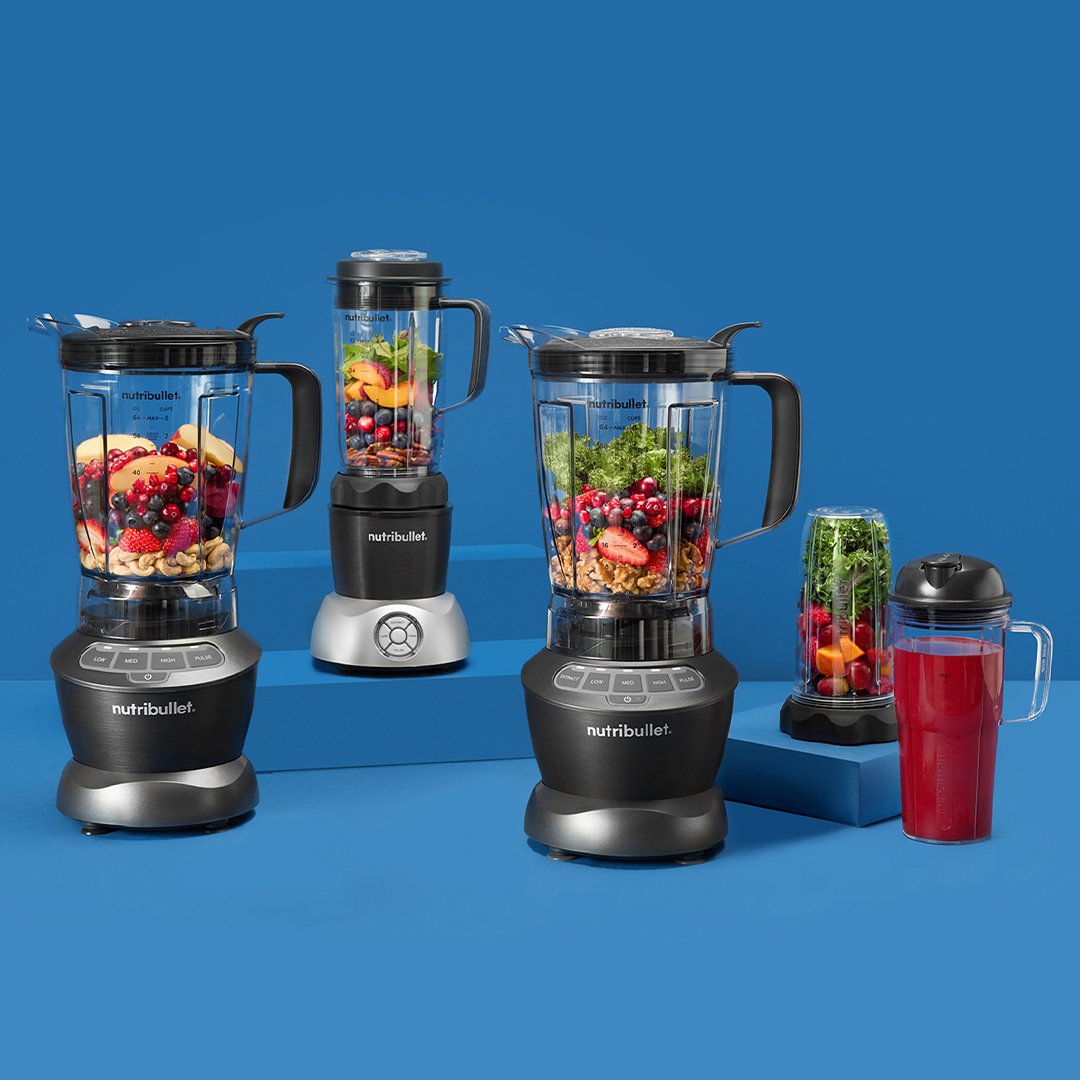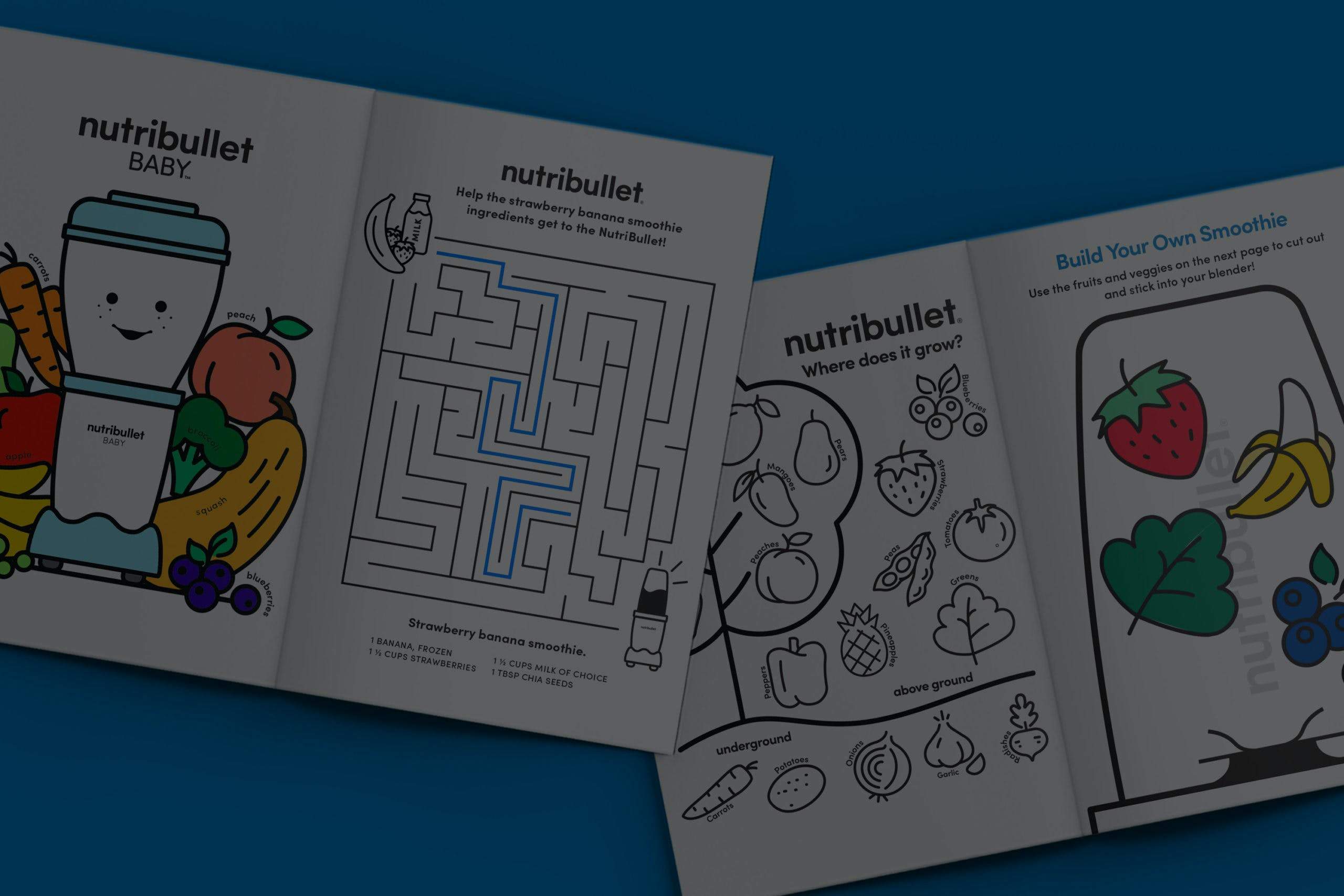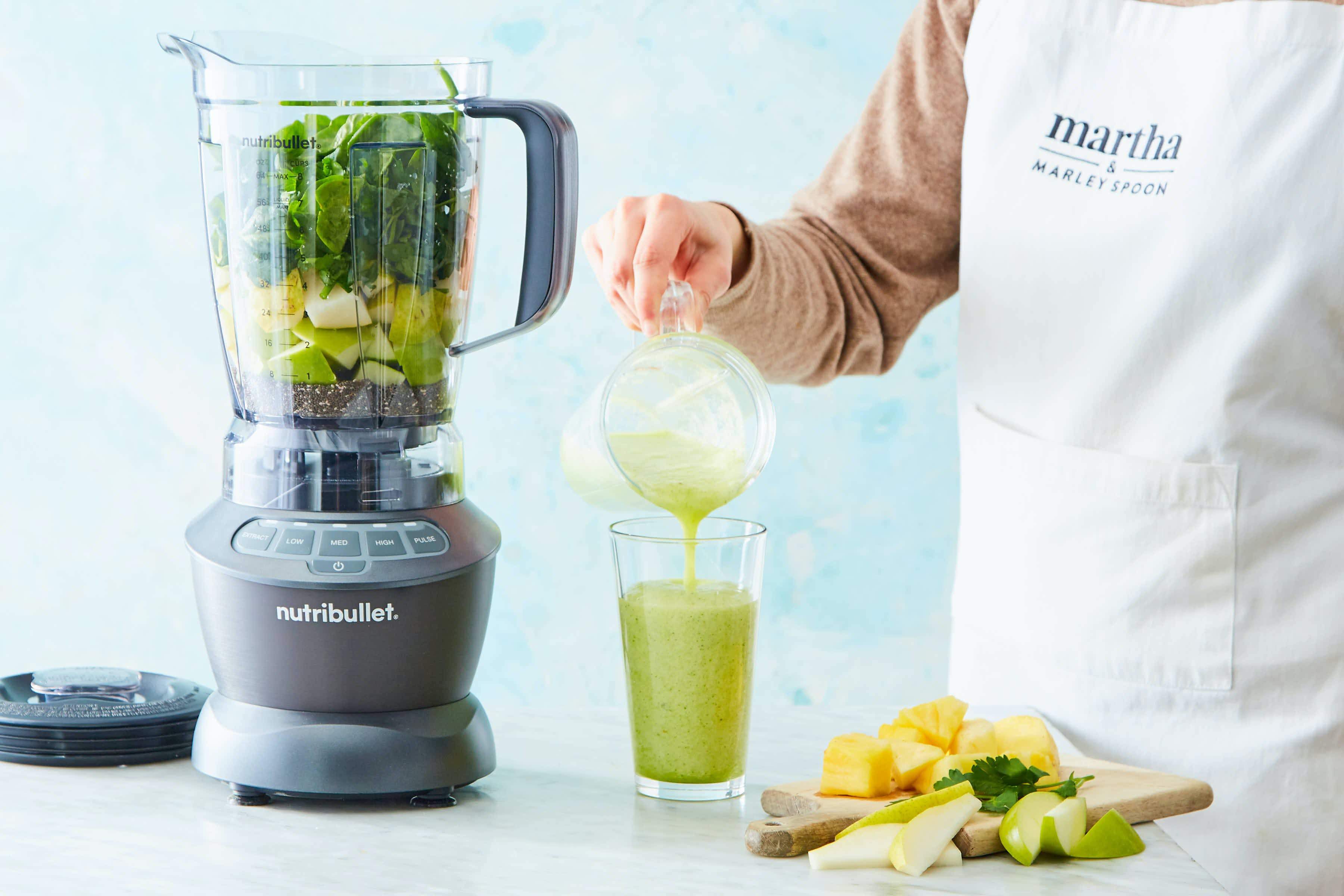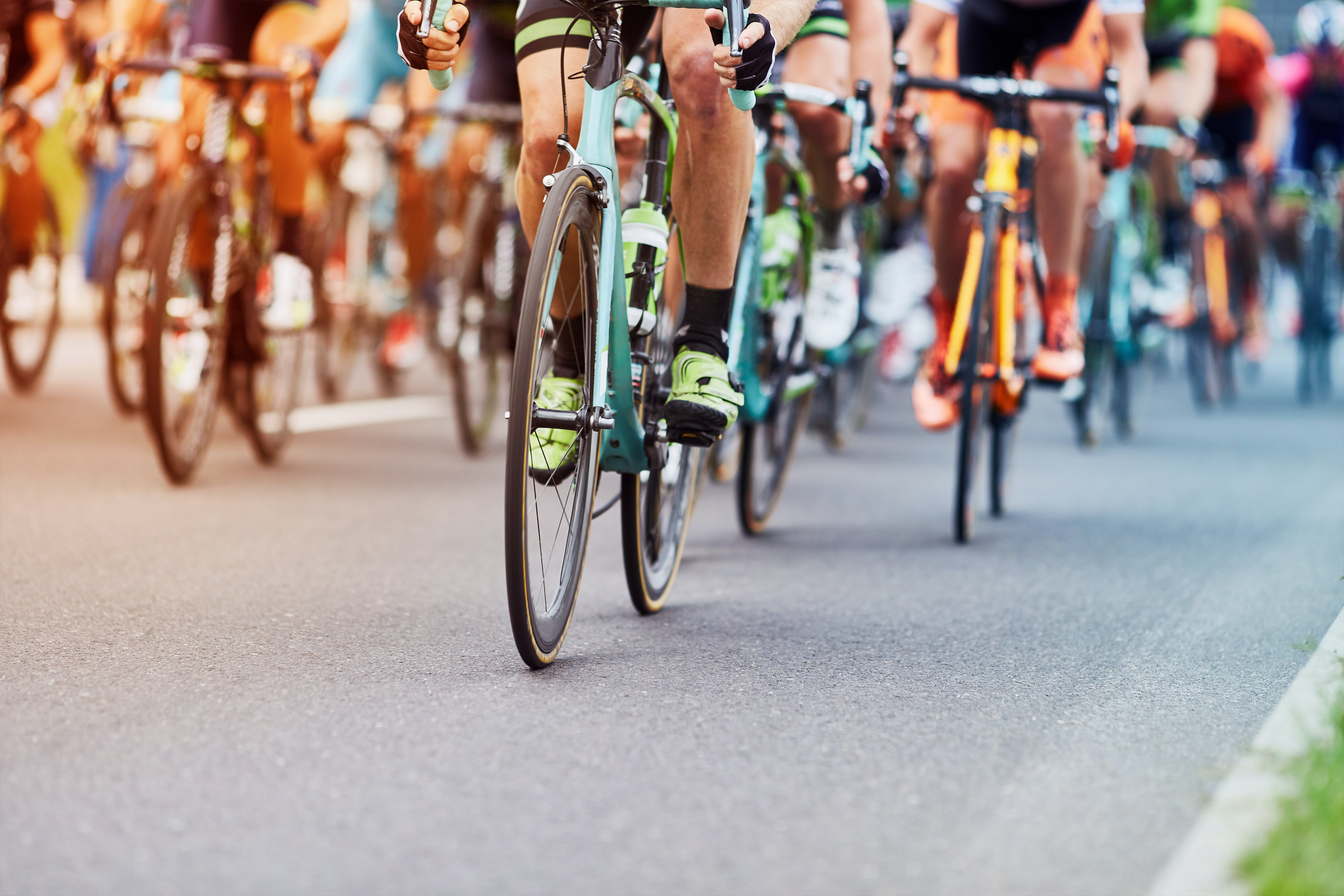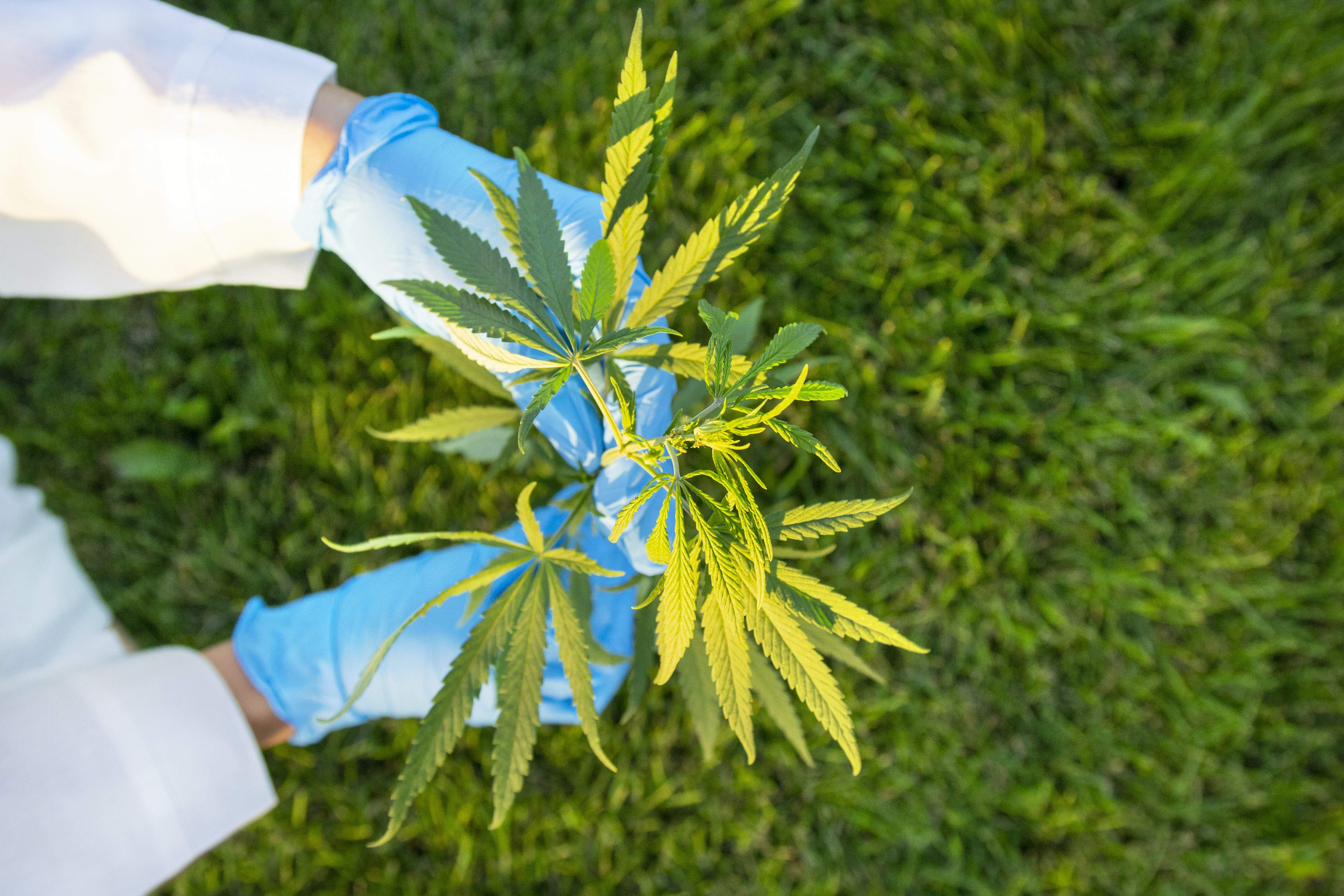The Summer Olympics may be over but we’re all still reeling from the incredible performances and accomplishments by the best athletes in the world. As we sat with our eyes glued to the screens, we asked ourselves, “how are these humans capable of such speed, strength, and endurance?” It truly is mind boggling, but sports psychologists may have an explanation as to what sets these athletes apart from the rest of us.
After decades of studies focused on genetics, physical attributes, aerobic capacity, and muscular functions, researchers have narrowed their focus to a brain chemical: dopamine. Dopamine is a neurotransmitter that controls the reward and pleasure center of our brains. It also helps us handle stress and perceive pain. This research suggests that what sets elite athletes apart from the rest of us isn’t physical at all – it’s mental!
Scientists collected DNA samples from 50 Olympic athletes and 100 recreational athletes. When comparing genes across these two groups, they found a significant genetic difference in regards to dopamine transport. The dopamine active transporter (DAT) was five times more prevalent among elite athletes than in the recreational athlete group. Based on earlier animal studies, this means that elite athletes are prone to increased motor activity, energy expenditure, and reward-seeking behavior. In other words, elite athletes want more and aren’t afraid of taking risks to reach their goals. The downside to this is that dopamine transporter has also been linked to depression, ADHD, bipolar disorder, and Parkinson’s disease, which we’ve seen in some Olympic athletes.
What does this mean for the rest of us? It means that we can take this information and find ways to naturally increase dopamine activities in our brains. We may not end up on the Olympic podium, but it’ll certainly help us achieve our individual fitness and wellness goals. Here are the best ways to naturally boost dopamine levels:
- Decrease sugar intake. Sugar alters brain chemistry and disrupts dopamine functions.
- Decrease caffeine intake. Dopamine levels decrease after the caffeine wears off.
- Set and stay on a regular sleep-wake schedule. At least eight hours of sleep each night gives the brain proper time to restore neurotransmitters.
- Exercise regularly. Exercise improves circulation and regulates many hormones in our brains, including dopamine.
- Decrease stress levels. We cannot eliminate all the stress in our lives but we can certainly control the way in which we respond to stress.
- Add more antioxidants to your diet. Increasing the intake of foods with antioxidant properties can help manage biological stress as well as prevent cellular damage that can hinder the dopamine pathways. You can get antioxidants from fresh fruits, vegetables, nuts, seeds, and grains. And try any of these smoothies recipes for a healthy dose of antioxidants!
We may not be Olympic athletes but, like them, we have fitness goals that we want to achieve. By watching what we eat, getting the right amount of rest, and exercising regularly, we not only naturally boost the dopamine levels to help us achieve our goals, we also set ourselves up for better health and wellness.
Nutritional information
Recipe: Creamy Green Strawberry Dream Serving in this recipe:1
- Calories: 236.6
- Total Fat: 3.6 g 5.5%
- Saturated Fat: 0.4 g 1.9%
- Cholesterol: 0 mg 0%
- Sodium: 358.7 mg 14.9%
- Total Carbs: 45.7 g 15.2%
- Dietary Fiber: 9.9 g 39.4%
- Sugar: 22.1 g
- Protein: 8.1 g 16.2%
- Vitamin A: 481.9% Vitamin C: 244.1%
- Calcium: 68.5% Iron: 26.1%
* Percent Daily Values are based on a 2,000 calorie diet. Your daily values may be higher or lower depending on your calorie needs.

